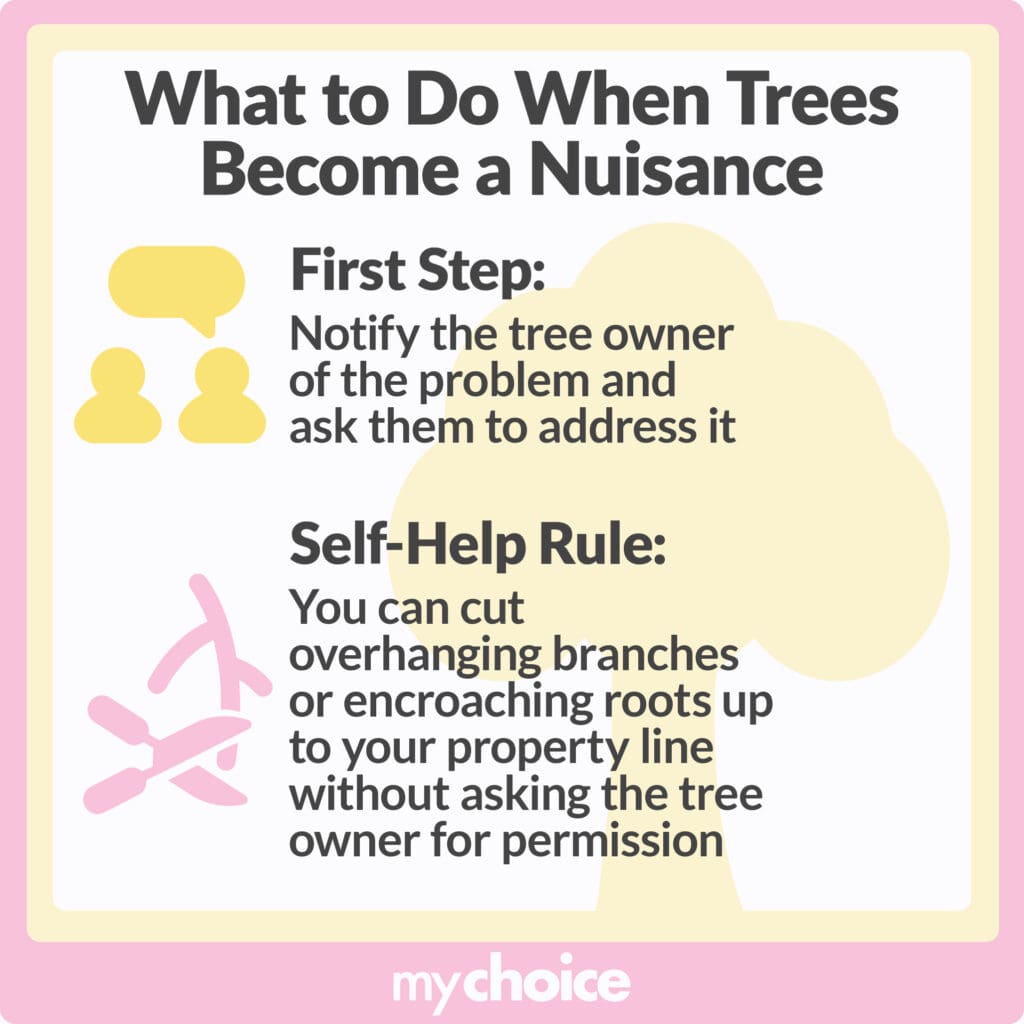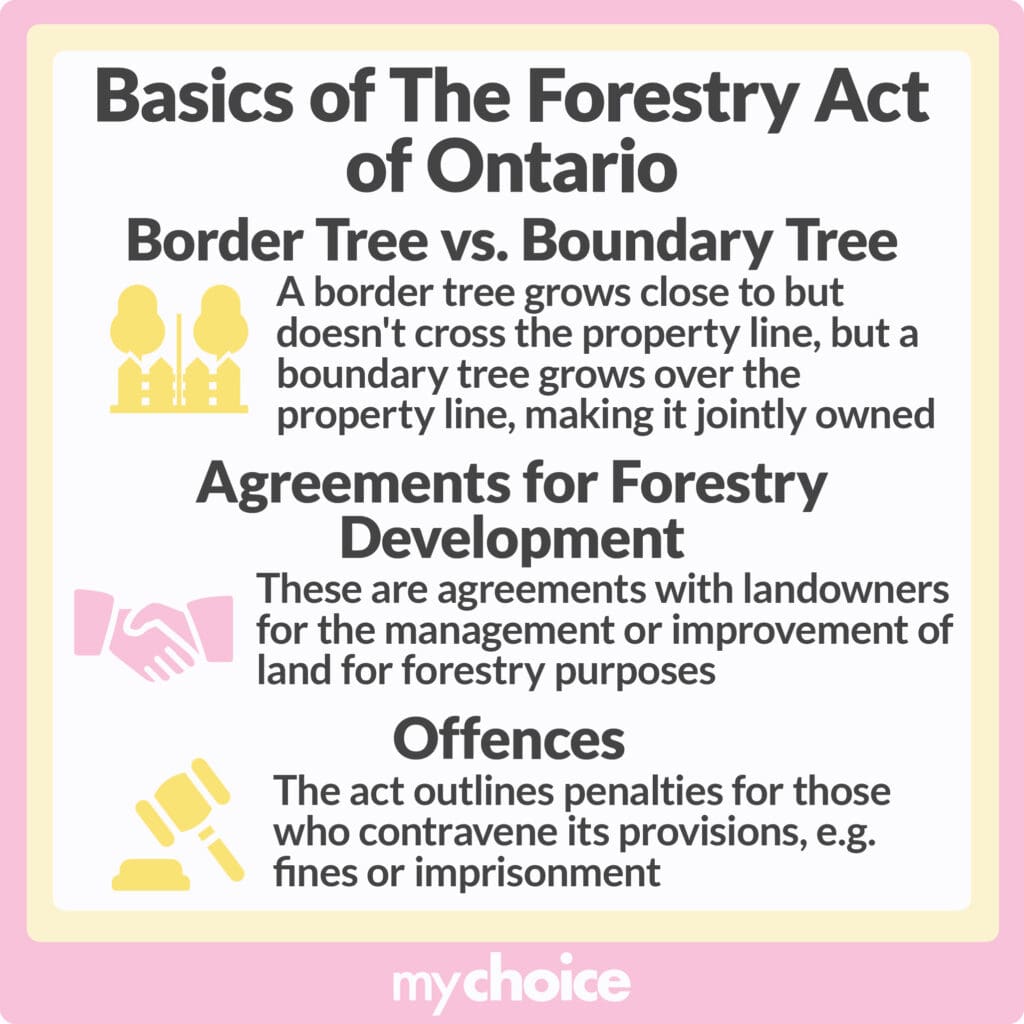One of the challenges that every Ontario homeowner faces is maintaining their property, including their landscaping like turf and trees. You may be doing what you can to keep your property safe and orderly, but what happens when your neighbour’s trees start encroaching on your property and causing damage?
If your neighbour’s tree is in danger of damaging your property and you’re wondering how to handle this issue, read on. We’ll explain who’s responsible for damage caused by fallen trees and give tips to peacefully resolve the situation with your neighbour.
Are Fallen Trees Covered by Home Insurance in Ontario?
Damage caused by fallen trees and the cost of their removal are covered by your Ontario home insurance if they fall due to natural events like storms. However, if the tree is on your neighbour’s property and it was not properly maintained by your neighbour, then they will be liable for the damages and cost of removing it from your property.
Note that if the tree fell on your property without causing any damage, your home insurer will not be liable for the cost of removal. You will generally be responsible for shouldering those costs.
What Do I Do if My Neighbour’s Tree Might Damage My Property in Ontario?
Is your neighbour’s tree in bad shape and likely to cause damage without intervention? Here’s what you can do to protect your home without running into legal problems:

Dispute Resolution May Help with Your Tree Woes
Dispute resolution is another option you can try before filing a legal claim for damages. It helps people come to a solution that saves them time and money compared to a court case.
There are three common methods of dispute resolution:
While these options may use up some time and money, they are still more flexible and offer you more control than going through legal proceedings. Consult a legal professional to learn more about these options to settle with your neighbour out of court.

Key Advice from MyChoice
- Talk to your neighbour before doing anything to the tree. Raise your concern about why the tree needs to be trimmed (or removed, if it has already fallen) and what risks it poses to your property. For example, if the tree has been damaged by wind or lightning and is near your home, explain to them the damage it could cause to your roofing or the potential injury to your family and passers-by.
- If you and your neighbour can’t decide what to do about the tree and your property at the moment, suggest another day to reconnect and work it out. Taking a break can diffuse stress and help both of you think of solutions.
- Dispute resolution is a good alternative to bringing an issue to court if neither of you can agree on what to do. It will encourage you and your neighbour to work together on a solution that satisfies everyone so your neighbourly relationship is maintained or even improved.
- Prioritize safety when dealing with fallen trees. In case a tree is in danger of falling on your property or has fallen on your power lines, make sure no one is near it and notify emergency services. Turn off your power if the lines are damaged to avoid risks like an electrical fire.








